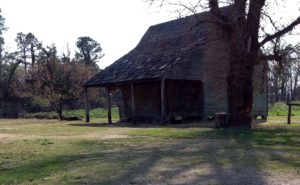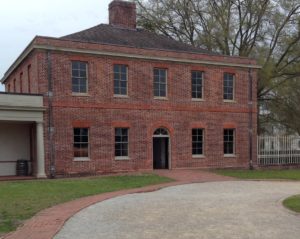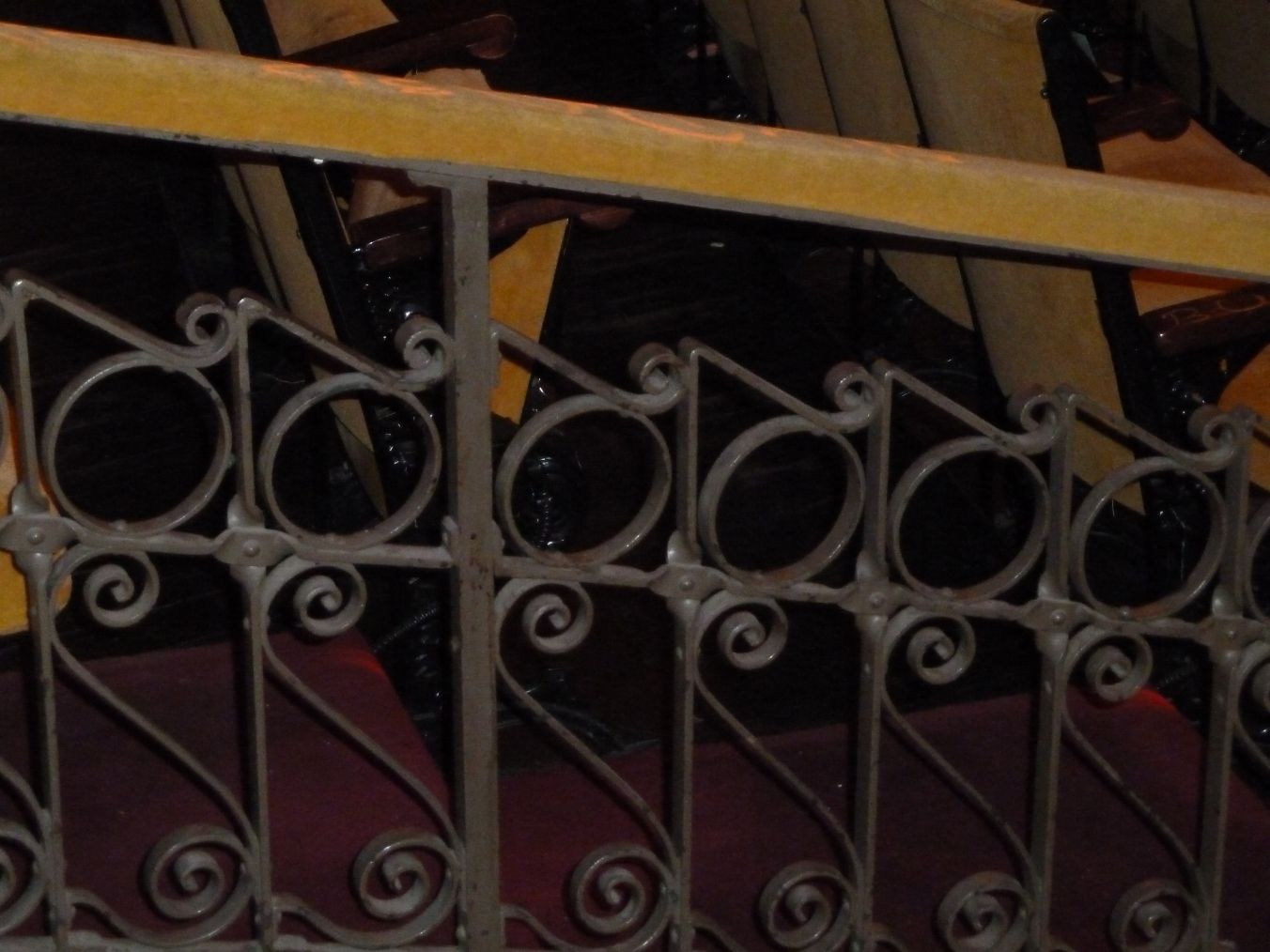Right, I’m in the northeast at the moment with the goal of bicycling the C&O Canal Trail/GAP trail between DC and Pittsburgh in an attempt to trace the immigrant trek of one branch of my ancestry. Saturday, April 7 will kick off that journey. My blog posts then will be no doubt more sporadic as I pedal through small towns in more remote areas of Maryland and Pennsylvania.
Meanwhile, I’m scouring museums and libraries and history archives to learn what was happening on the Atlantic coast circa 1804. In my novel-in-progress, the Highland Scots immigrants first arrived in North Carolina tobacco plantation country. (One family history account notes the town of Beaufort).
 On the road — following the Historic Albemarle route, I’ve spotted a few ancient ruins similar to this one — a structure once used to store tobacco. Mostly, the land is flat and swampy, but also rich in history dating back thousands of years, to the Tuscarora Nation.
On the road — following the Historic Albemarle route, I’ve spotted a few ancient ruins similar to this one — a structure once used to store tobacco. Mostly, the land is flat and swampy, but also rich in history dating back thousands of years, to the Tuscarora Nation.
 My first impression of the 18th century East coast? Brick, lots and lots of it, buildings and homes and streets of it. Not that everyone could afford homes out of brick, but those who could used it liberally. I discovered this brick edifice — a former horse stables still standing since the 1700s in New Bern, NC — by following the brown road sign for Tryon Palace.
My first impression of the 18th century East coast? Brick, lots and lots of it, buildings and homes and streets of it. Not that everyone could afford homes out of brick, but those who could used it liberally. I discovered this brick edifice — a former horse stables still standing since the 1700s in New Bern, NC — by following the brown road sign for Tryon Palace.
Tryon Palace?! Any brown road sign is an internationally recognized designator of tourist information, quite often having to do with history. But in all my internet browsing, I had not landed on Tryon Palace. Perhaps a bit road weary, I wondered: Did this have to do with some kind of interactive costume museum? Mildly intrigued, I pulled off at New Bern, and Eureka! Actually, it was a whole complex of museums in a historic town — first settled by Swiss and German immigrants in the early 1700s, it became the capital of North Carolina when Governor — wait for it — Tryon ruled the colony in the latter half of the century.
Visiting the governor’s palace was all well and good, but best of all was the succinct North Carolina History Center. The complex also featured a blacksmith shop and a working kitchen. Sigh of bliss. Geek that I am, I love history museums.

